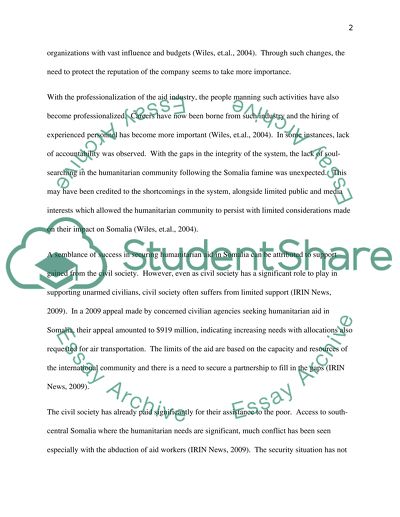Cite this document
(“Successes, Failures and Politicization of Aid in Somalia 1991-2012 Dissertation”, n.d.)
Successes, Failures and Politicization of Aid in Somalia 1991-2012 Dissertation. Retrieved from https://studentshare.org/history/1472705-ypsuccesses-failures-and-politicization-of-aid-in
Successes, Failures and Politicization of Aid in Somalia 1991-2012 Dissertation. Retrieved from https://studentshare.org/history/1472705-ypsuccesses-failures-and-politicization-of-aid-in
(Successes, Failures and Politicization of Aid in Somalia 1991-2012 Dissertation)
Successes, Failures and Politicization of Aid in Somalia 1991-2012 Dissertation. https://studentshare.org/history/1472705-ypsuccesses-failures-and-politicization-of-aid-in.
Successes, Failures and Politicization of Aid in Somalia 1991-2012 Dissertation. https://studentshare.org/history/1472705-ypsuccesses-failures-and-politicization-of-aid-in.
“Successes, Failures and Politicization of Aid in Somalia 1991-2012 Dissertation”, n.d. https://studentshare.org/history/1472705-ypsuccesses-failures-and-politicization-of-aid-in.


